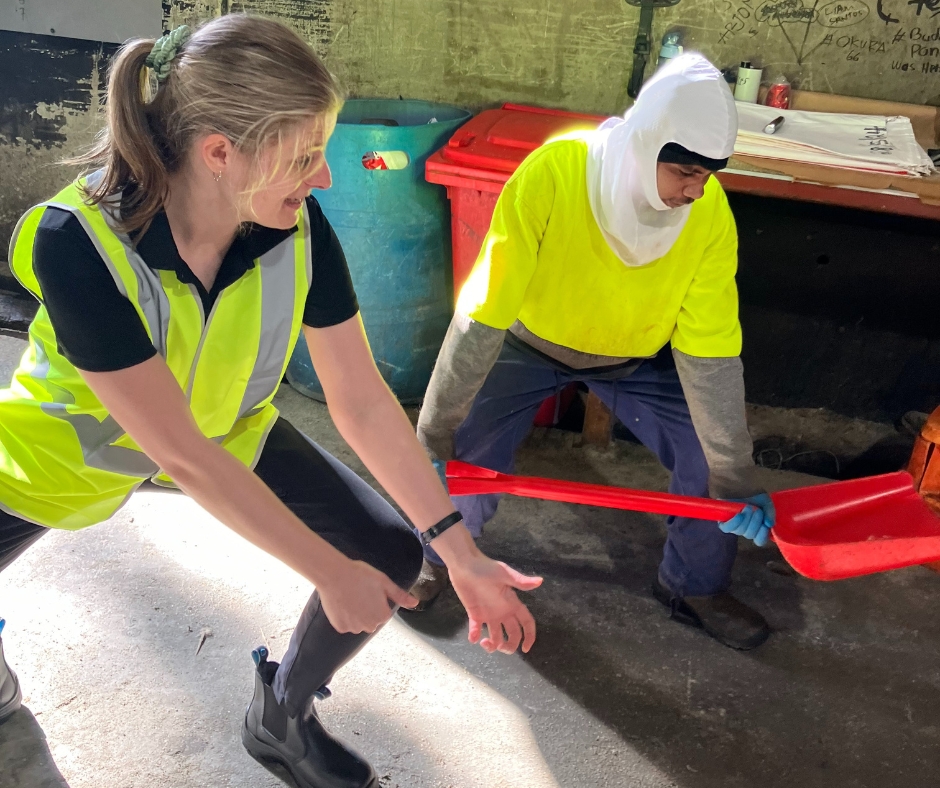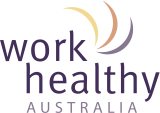
Employee retention has been shown to be one benefit of work hardening programs
Staff retention has been a critical issue across several industries in Australia. 1.3 million Australians changed jobs during the year ending February 2023, making it the highest job mobility rate in the decade.
Despite our current low unemployment rate, 36% of occupations are on our national skills shortage list, and employers still report difficulty filling positions.
High rates of turnover, combined with skills shortages, have a detrimental effect on business, expressed in;
- reduced productivity and profitability
- increased time and costs spent on recruitment and training
- loss of skill and knowledge due to turnover
- negative impact on organisational culture
For industries that rely on manual labour, skill shortages and staff turnover can potentially impact workplace safety, with research showing a relationship between accidents and employee turnover.
In the US, forestry worker turnover was significantly related to injury compensation claim rates; companies with higher turnover of employees had higher claim rates. A study found that injury rates declined the longer employees stayed with the company, citing the potential impact of initial safety training and induction in retention.

Focus on workers
In 2019, the Australian Meat Processor Corporation commissioned a formal study on employee retention. Amongst its findings and recommendations, the final report advised stakeholders to focus on adequate pre-employment assessment, job and task information access, robust onboarding, continuous staff training and development, task rotation and multiskilling of employees. These recommendations have a clear focus on the people and on embedding a safety and development culture that starts during recruitment.
A labour-intensive industry must focus on the people working on the floor to sustain the industry
Australian Meat Processor Corporation Retention Project, 2022
How can a safety culture help retention?
Task Analysis
Checklist:
- Are all new staff informed of what the job entails?
- Do we have a list of all job tasks with physical demand ratings?
- Are we continually updating our job descriptions and task analysis when new equipment and processes are added/changed?
- Is this communicated and shared across all departments, including HR, OHS, Recruitment, Training & Development?
Task analysis is a breakdown of the activities required to complete a job task and a valuable way to look at how a job is done, including its safety risks. Well-documented task analysis reports are essential for occupational health and safety, recruitment, and staff training.
“Task analysis informs pre-employment screening, allowing workplace health providers to evaluate if a candidate can safely perform the tasks of a job. It also ensures the worker knows the job demands and is given the appropriate training to carry it out safely and effectively”, says Work Healthy Australia National Operations Manager Darragh McGovern.
Pre-employment Screens
Checklist:
- Are we utilising a robust pre-employment screening process targeted towards finding candidates for specific roles?
- Do we have an on-site Workplace Health Provider who understands our industry and the tasks involved in our jobs?
- Does our pre-employment screening also identify candidates’ potential to undertake more demanding roles following a period of work hardening?
Pre-employment screens come in various forms. The most effective ones focus on detail and on finding candidates for specific roles.
Having on-site workplace health providers who understand the industry and the tasks involved is crucial to achieving the best outcomes. During a pre-employment screen, candidates go through a range of objective and functional tests, which help place them in the right roles. This ensures new starters are aligned to roles where their physical capacity meets the requirements of the role, leading to happier workers and reduced injuries, pain and discomfort in the early stages of employment.
Another staff retention element of pre-employment screens is the recognition of potential skills for future roles. “It allows employers to create a pathway to their desired role for a candidate, building strength in repetition in easier tasks with rotations in harder roles. This ensures that the new starter is not thrown in the deep end too soon, limiting work aches and pains and improving workplace happiness”, says Darragh McGovern.
Fit-for-Task Assessments and Work Hardening
Checklist:
- Are we developing a system of task rotation to alleviate physical discomfort, reduce risk and increase job satisfaction?
- Are we utilising a Work Hardening program to condition suitable workers for heavier roles and increase internal staff mobility?
- Are we developing rewards and recognition programs for workers who take on more physically demanding skilled roles or who want to progress further?
Workplace Health Provider Mackenzie Bohan highlights the dangers of subjective physical assessments of new or current workers: “You might see a large and strong person and imagine they would be perfect to join your heavy labouring team. However, their strength might not keep up with the repetitious nature of the job. If not appropriately conditioned, that strong worker could soon develop a repetitive injury.”
Work hardening is the process of preparing workers to take on more demanding roles. By conditioning suitable workers, work hardening can provide organisations with an opportunity for internal mobility into highly physically demanding and skilled jobs.
“We have very positive feedback from workers who completed our work hardening program at our client sites”, says Queensland Operations Manager Matt McClelland. “ Work hardening programs can increase staff retention. We surveyed workers who went through the program at our partner organisations and found overwhelmingly positive feedback. Workers say it’s easier to perform their new jobs, their motivation to work increases, and they appreciate that their employer cares for them.”
Conclusion
Staff retention is a complex subject with various contributing elements. For industries with heavy physical labour, one key element is developing an early intervention system of care that embeds safety and a worker-centred approach across the staff timeline.
Quality pre-employment screens enable employers to make informed decisions about candidates. Ensuring candidates are in the right roles for their capabilities and identifying their growth potential can limit work-related aches and pains, reduce absenteeism due to pain and fatigue, and prevent new starters from quitting.
Pre-employment screens lay the foundation for a culture of safety and well-being from the outset of a candidate’s time in the industry. Combined with task analysis, work hardening and fit-for-task assessments, this complete system of care is a key component of retaining and upskilling manual handling workers.
Sign up to our monthly enewsletter
"*" indicates required fields

